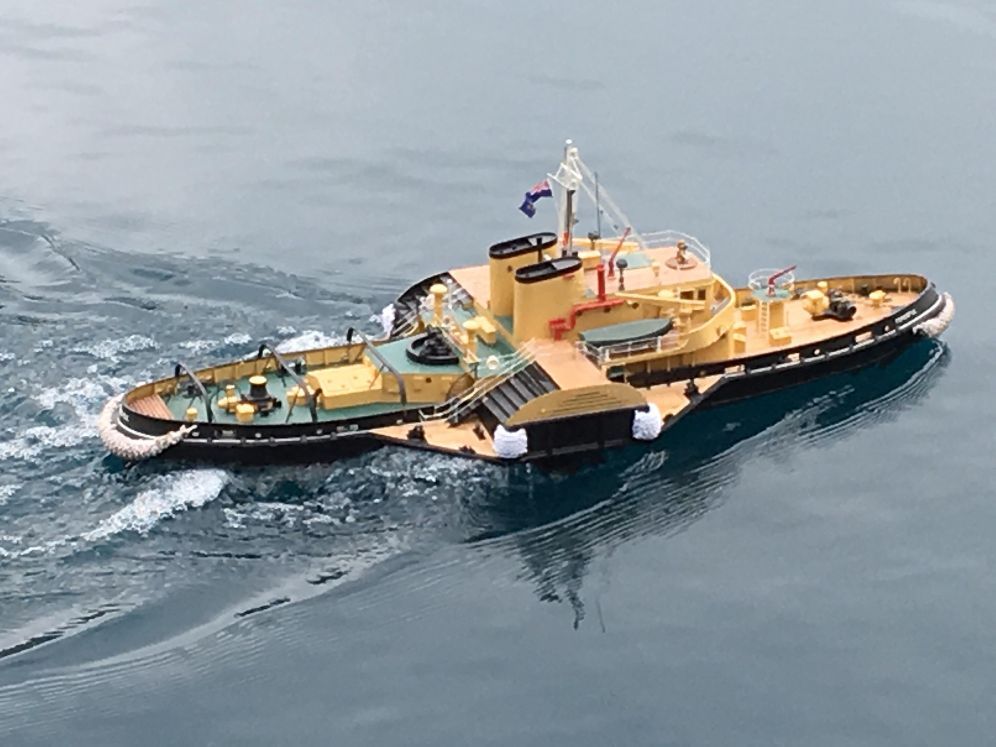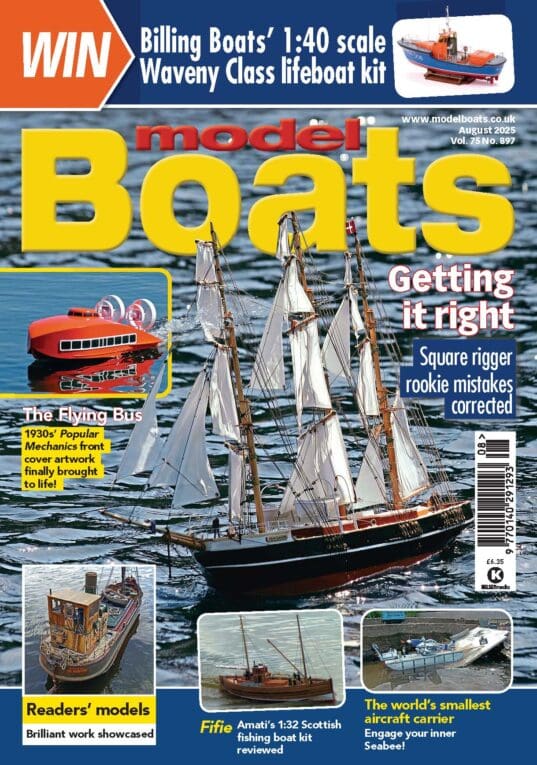The practical issue is that a paddle vessel rudder will not 'bite' until the model is moving at an appreciable speed as there is no propwash over it. When Waverley visits Portsmouth facing up harbour a tug is needed to push the bow round when she leaves. Even at cruising speed paddlers are not known for their steering agility.
As the others have said, a bow thruster wlll only work effectively if the vessel is pretty much stationary. This applies to both full size ships and models. I have the smallest Raboesch thruster fitted to my 3 ft Revell Queen Mary 2 model and it does give a reasonable thrust when the model is stopped, more one way than the other though. There is no reason not to fit a thruster to assist low speed or static manoeuvering but I'd go for at least the next size up, in fact the biggest that will fit in the hull would be good.
As far as general steering is concerned, it has long been recognised that in models there is little alternative but to break away from full size practice and operate the paddles independently – a mixer would be handy to smooth out the effects of slowing/reversing one side and speeding up the other. Otherwise you will have a turning circle resembling the orbit of the moon!
As an aside and going back to full size practice, Waverley has semi demolished a number of piers in her time from inadequate steering response, while back in the 1960s as a lad, my family used to holiday on the Isle of Wight which was still served by a couple of paddlers in those days. On one occasion when berthing at Ryde Pierhead the bow came smoothly alongside but the paddle box slammed into the pier timbers. The ship stopped dead but the passengers standing waiting to disembark didn't…
On Lake Lucerne they still run regular paddle steamer services which are wonderful and some years ago we spent quite a bit of time on them and I was able to observe the docking technique. The piers protrude from the shore so the ship can accurately line up its approach so it comes in at 90 degrees to the pier parallel to the bank at some speed (being on a mostly calm lake helps). As the ship comes alongside the pier the engines are put into reverse and the ship stops almost immediately. Depending on how well the gangway is lined up (and they get plenty of practice), a couple of strokes of the paddles moves the ship a few feet fore or aft and lines thrown ashore are used to draw her in against the pier. Very impressive to watch.
Colin
Edited By Colin Bishop on 28/04/2020 18:21:33





